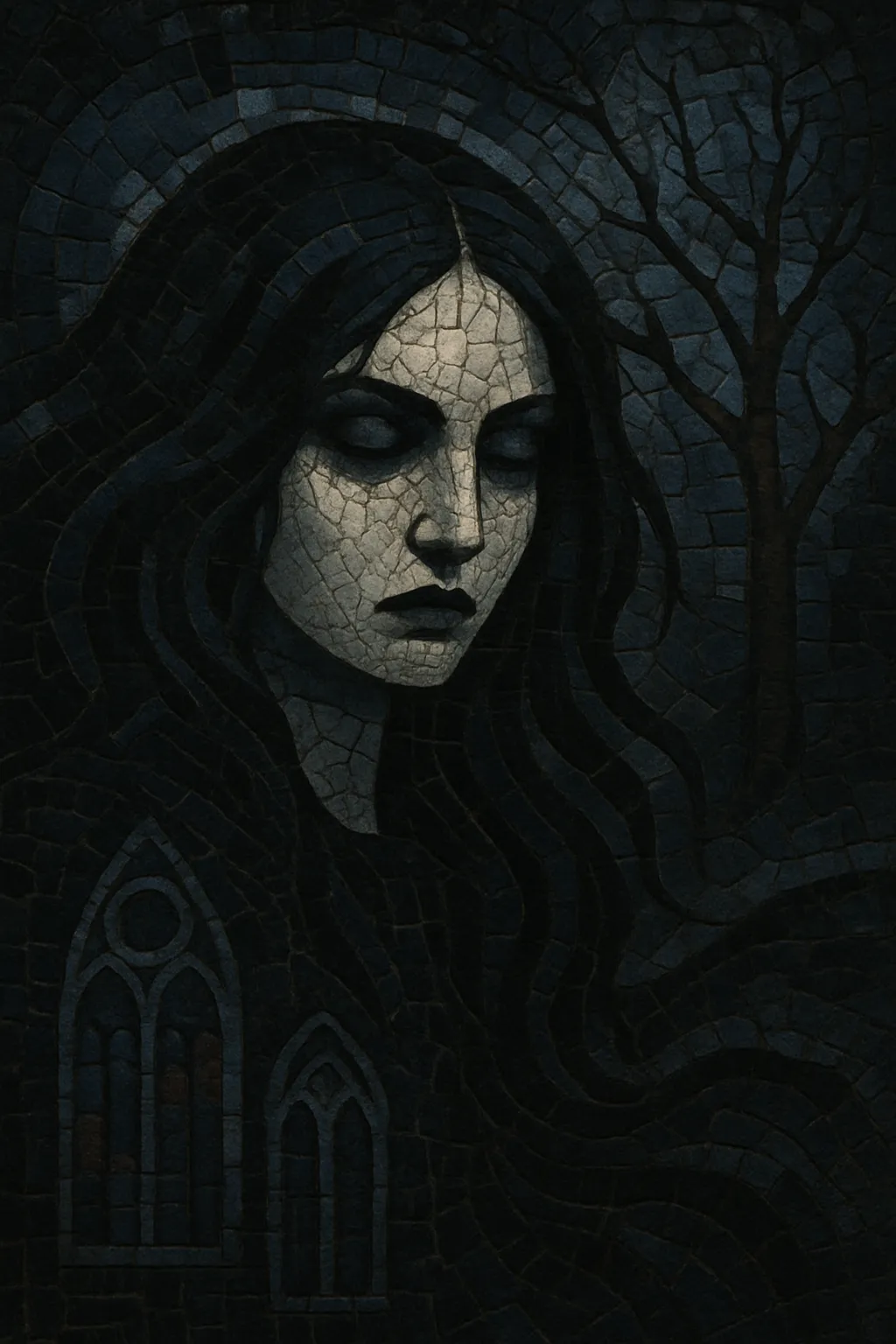Dark wave is a moody, melancholic offshoot of post-punk and new wave that emphasizes minor-key harmonies, somber timbres, and introspective or romantic lyrical themes. It blends the icy textures of early synthesizers and drum machines with reverb-laden guitars and melodic, driving basslines.
The style typically features baritone or ethereal vocals, atmospheric production with heavy use of chorus, delay, and reverb, and tempos that range from slow and brooding to mid-tempo and danceable. Dark wave spans both guitar-oriented and synth-forward approaches, and often overlaps with related movements such as coldwave, minimal wave, and ethereal wave.
Dark wave emerged in continental Europe—especially Germany—at the turn of the 1980s as post-punk and new wave took a darker, more introspective direction. German press and scenes began using the term “Dark Wave” to describe bands that married austere synthesizers and drum machines with shadowy guitar work and brooding vocals. Early touchpoints included the gloomier sides of post-punk and gothic rock, while local currents such as Neue Deutsche Welle and coldwave shaped a distinctly European sound.
Foundational artists connected to the style included acts like Clan of Xymox (on 4AD), Xmal Deutschland, and others working the liminal space between gothic rock and synth-driven new wave. These bands set the template: minor modes, atmospheric effects, and an emphasis on mood and texture.
In the 1990s, the term “darkwave” broadened as scenes and labels used it to encompass ethereal and neoclassical-tinged variants. In the United States, Projekt Records helped codify a strain of darkwave that foregrounded reverb-drenched vocals, ambient textures, and neoclassical influences, with artists like Lycia and Black Tape for a Blue Girl. Meanwhile, in Europe, groups such as Deine Lakaien and Diary of Dreams continued to evolve the synth-forward and song-oriented side of the genre.
The 2000s and 2010s saw renewed interest driven by reissue culture and internet communities. The minimal wave revival rekindled love for analog synths, while a post-punk resurgence brought younger audiences to dark wave’s moody aesthetics. New acts—often DIY and international—combined classic drum machines, analog-style synthesizers, and stark guitar textures. Festivals like Wave-Gotik-Treffen and M’era Luna provided high-profile platforms, and labels and collectives across Europe and the Americas nurtured a new generation.
Dark wave remains vibrant, with artists from Germany, the Netherlands, Turkey, Greece, the UK, and the U.S. contributing to a global network. Contemporary producers leverage both vintage and software instruments, drawing equally from 1980s blueprints and modern sound design. The result is a living tradition that continues to influence adjacent styles and inspire new, nocturnal pop forms.
Use a blend of analog-style synthesizers (pads, strings, arps), drum machines with punchy but dry kicks and gated or reverberant snares, and chorus/delay-soaked guitars. A melodic, driving bass—either electric with chorus or a synth bass with slight saturation—is central to the groove.
Favor minor keys and modal colors (Aeolian and Dorian are common) to evoke melancholy without losing momentum. Typical progressions include i–VI–VII, i–iv–VI–V, or i–VI–III–VII. Vocal lines are often memorable but restrained, with baritone deliveries or breathy, ethereal timbres. Melodic motifs should be simple, repeating, and texturally supported by pads and delays.
Common tempos range from about 90–120 BPM. Program tight 4/4 beats with consistent eighth-note hats and syncopated percussion. A steady, melodic bassline that locks to the kick anchors the track; arpeggiators can add hypnotic motion without crowding the mix.
Shape a nocturnal atmosphere with chorus on guitars and bass, tape or analog-style saturation on synths, and long plate or hall reverbs on vocals and pads. Use delay (often dotted or triplet) to create space between phrases. Keep mixes relatively dry in the low end while allowing mids and highs to bloom with ambience.
Employ extended intros and outros to set mood. Alternate between sparse verses and denser choruses, adding counter-melodies or arpeggios to lift sections. Bridges can strip back to pads and percussion before a final, more dramatic chorus.
Write introspective, romantic, or existential lyrics that explore memory, urban alienation, longing, and the uncanny. Imagery tends toward nocturnal and cinematic. Vocal delivery should be understated yet evocative, allowing production and harmony to carry much of the emotion.
On stage, emphasize dynamics and atmosphere: controlled lighting, subtle movement, and strong transitions. Use MIDI clock or click to keep arpeggiators and drum machines tight, and consider live guitar or vocal delays that can be ridden in real time for dramatic effect.


